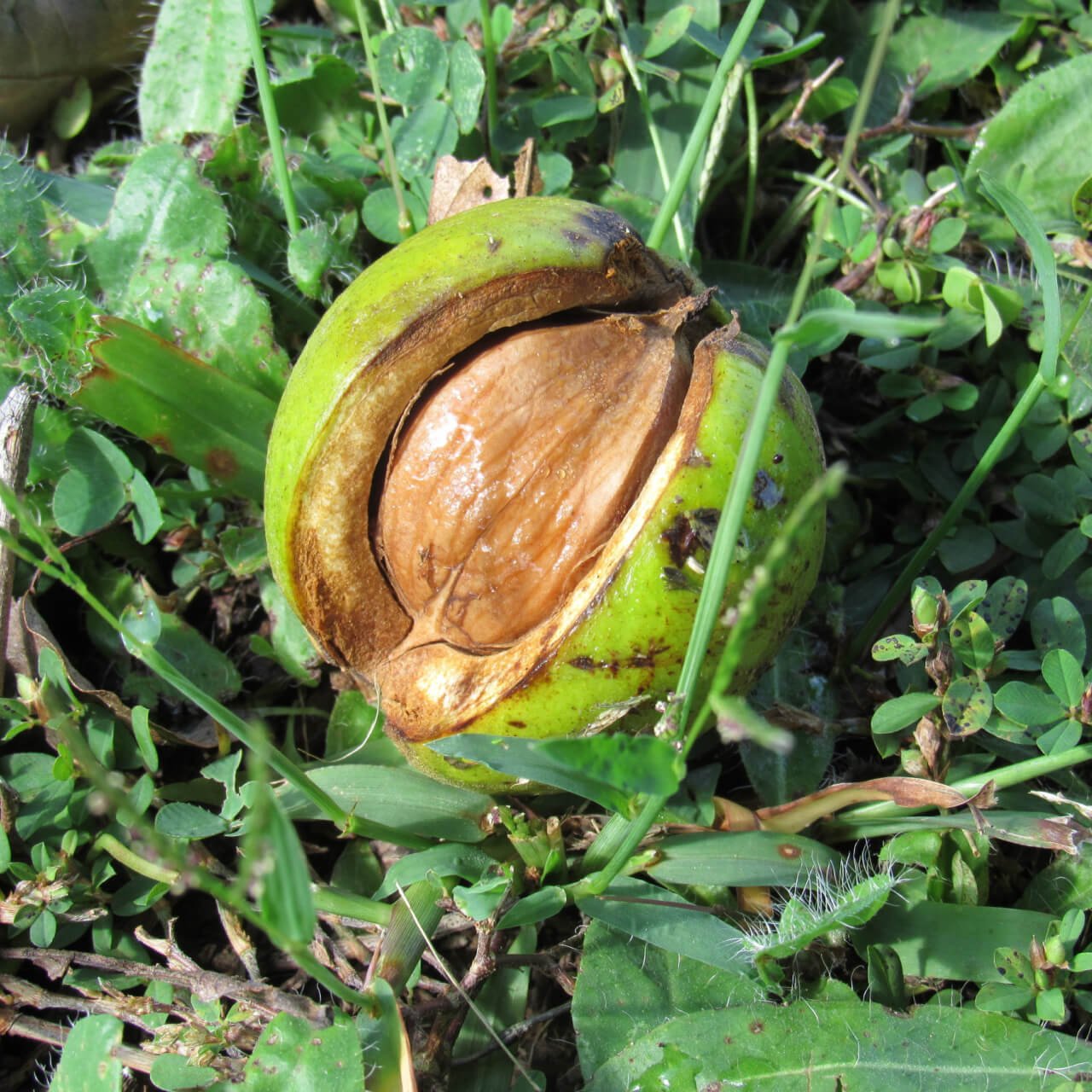
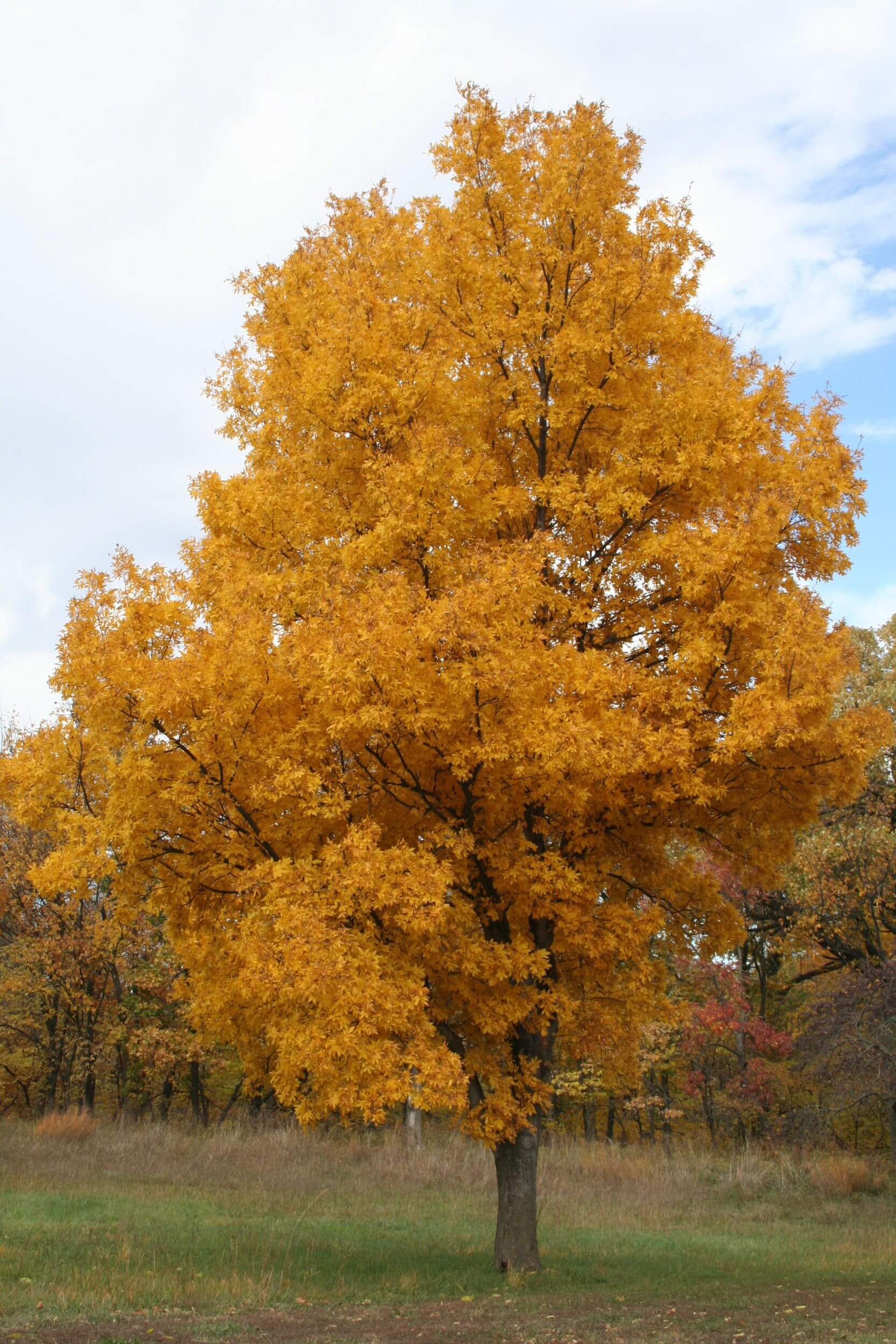
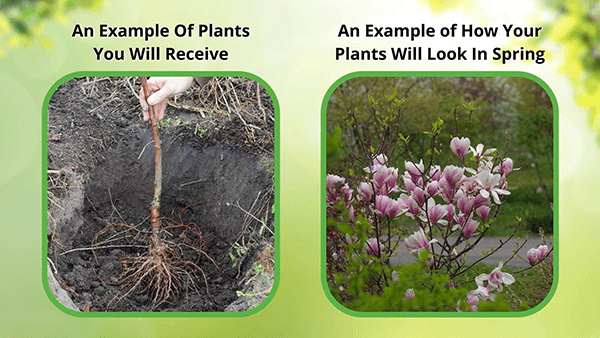
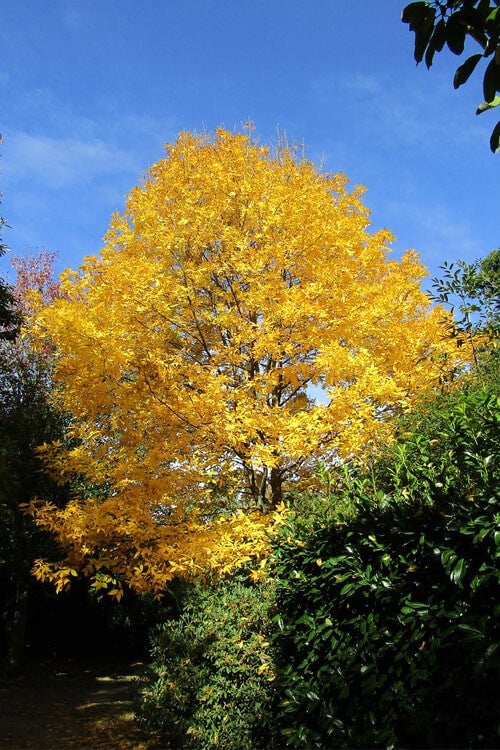
Hickory Tree
Provides valuable hardwood timber
Offers ample shade and beauty
Long-lived and resilient species
Thrives in
ZONE 4ZONE 5ZONE 6ZONE 7ZONE 8This plant ships:
November 20251 Year Guarantee on all plants
Hickory Tree - Carya ovata
The Hickory Tree (Carya ovata) is a beautiful deciduous tree that produces green nuts beloved by wildlife.
Plant Details - Hickory Tree
Family: Juglandaceae
Light Requirement: Full Sun
Water Needs: Moist
Height: 60 – 80 ft.
Spread: 30 – 50 ft.
Growth Rate: Slow
Bloom Time: Spring
Flower Color: Yellow
Wildlife Value: Attracts birds
Landscape Uses and Maintenance - Hickory Tree
The Hickory Tree is a common and beloved deciduous tree that will make an impact on your landscape. Another common name for this tree, Shagbark Hickory, is due to its distinctive, interesting gray bark that peels off in unique, long strips as it ages.
Plant this tree in a location that has full sun to partial shade. Avoid planting this tree in full shade. It will grow best in full sun. This tree will provide plenty of shade as it matures.
Plant this tree in moist and well draining soil. Avoid planting this tree in compacted, clay, or very wet soils.
This tree is a low maintenance and ornamental option to have in your landscape. Plant this in a location where its falling nuts will not be an issue to passersby, such as along a path.
This tree will have small, inconspicuous catkins in early spring. Its green nuts will drop to the ground in the fall, splitting open for animals.
Yearly pruning is not necessary; look for signs of damaged branches that will need to be pruned.
This tree is drought resistant once it is established, making it a great option for drier locations. Water this tree in deeply and thoroughly until it is well established.
This is a deer resistant tree. However, you should protect this tree while it is young and vulnerable to damage by browsing.
Noteworthy Characteristics
Hickory Tree is in the same family as the Black Walnut tree; however, it produces the same compound juglone in smaller amounts, making it suitable for having a shade garden underneath.
This tree will attract many birds and small mammals. Both nesting birds and cavity dwelling birds, including woodpeckers and owls, will use it for shelter.
This Is How Your Plants Will Look upon Delivery

Height at Maturity
Over 25 Feet
Care
Hickory trees thrive in well-drained soil and need regular watering during dry spells. Trim them in late winter to maintain the build and clear dead or diseased branches. Protect young trees from pests and diseases for healthy growth.
Plant Reproduction
Hickory trees spread via nuts, wind, animals, and root suckers.
Plant bare root trees during the dormant season in early spring or late fall (November through April). Dig the hole twice as wide as the roots so the soil is well-drained. Position the tree so the root flare is at or just above ground level. Fill the hole back with the soil you dug from and water. Maintain soil moisture, especially in the tree's early years, by providing deep, regular watering. Apply a 2-4 inch mulch away from the trunk at the base to retain moisture and suppress weeds. Prune trees during the first few seasons to establish strength and resilience, remove damaged branches, and continue maintenance pruning as the tree matures. Regularly inspect for pests and diseases and apply integrated pest management practices. Protect young trees from mechanical damage and extreme temperatures with tree guards, and stake them if necessary for support, removing the stakes after one or two years.
Shipping date depends on the date displayed and chosen when you order from the product's page.
We only accept returns on plants verified dead. If you think your plants have died, we offer a 1 year warranty, please use this File a Claim Link to verify dead plants and start with return warranty process.





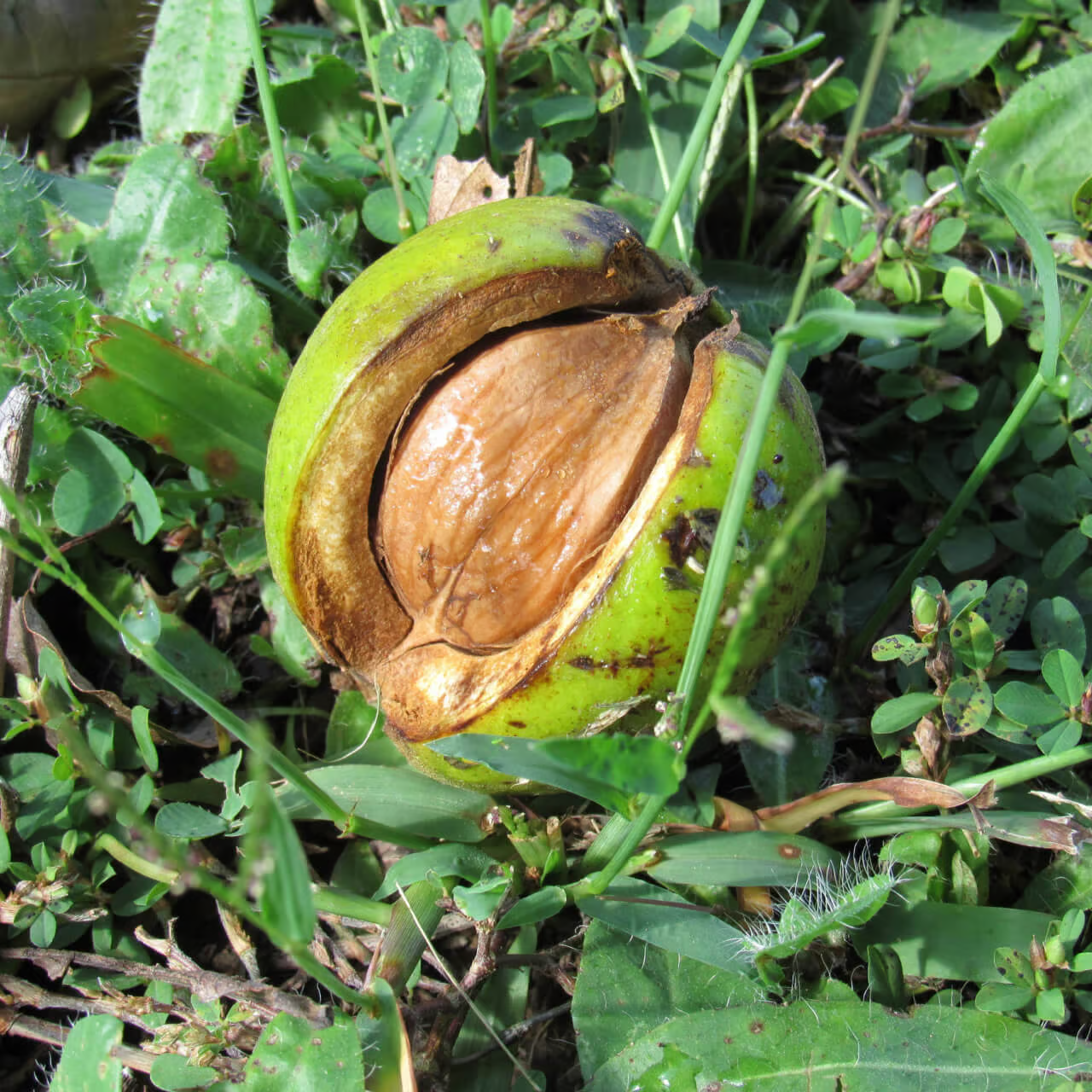
Edible Nuts:
Some varieties produce flavorful hickory nuts that can be enjoyed in recipes or harvested for their rich taste.
Durable and Long-Lived:
Hickory Trees are known for their strength and longevity, making them a lasting addition to any garden.
Distinctive Bark:
The rugged, textured bark of the Hickory Tree adds unique visual interest and character to your landscape.
Wildlife Friendly:
The Hickory Tree attracts wildlife, including birds and squirrels, enriching the natural ecosystem in your garden.
Caring Tips
How do I care for my Hickory Tree?
Each box contains detailed care instructions and information about your product. But here's the basics.
Care Tips
Hickory trees thrive in well-drained soil and need regular watering during dry spells. Trim them in late winter to maintain the build and clear dead or diseased branches. Protect young trees from pests and diseases for healthy growth.
Light Requirements
Hickory trees thrive in full sun to partial shade. They like 6 hours of direct sun daily but can tolerate some shade. Full sun conditions promote robust growth and strong, healthy foliage.
Hardy Planting Zones
4 • 5 • 6 • 7 • 8
Header
Use this content to share information about your store and products.
Frequently Asked Questions
How often should I water my plants?
How do I know if my plant is getting too much or too little sunlight?
What should I do to prepare my plants for winter?
What are the signs that my plant needs fertilizing?
How can I prevent pests from damaging my plants?
How do I choose the right plant for my climate zone?






